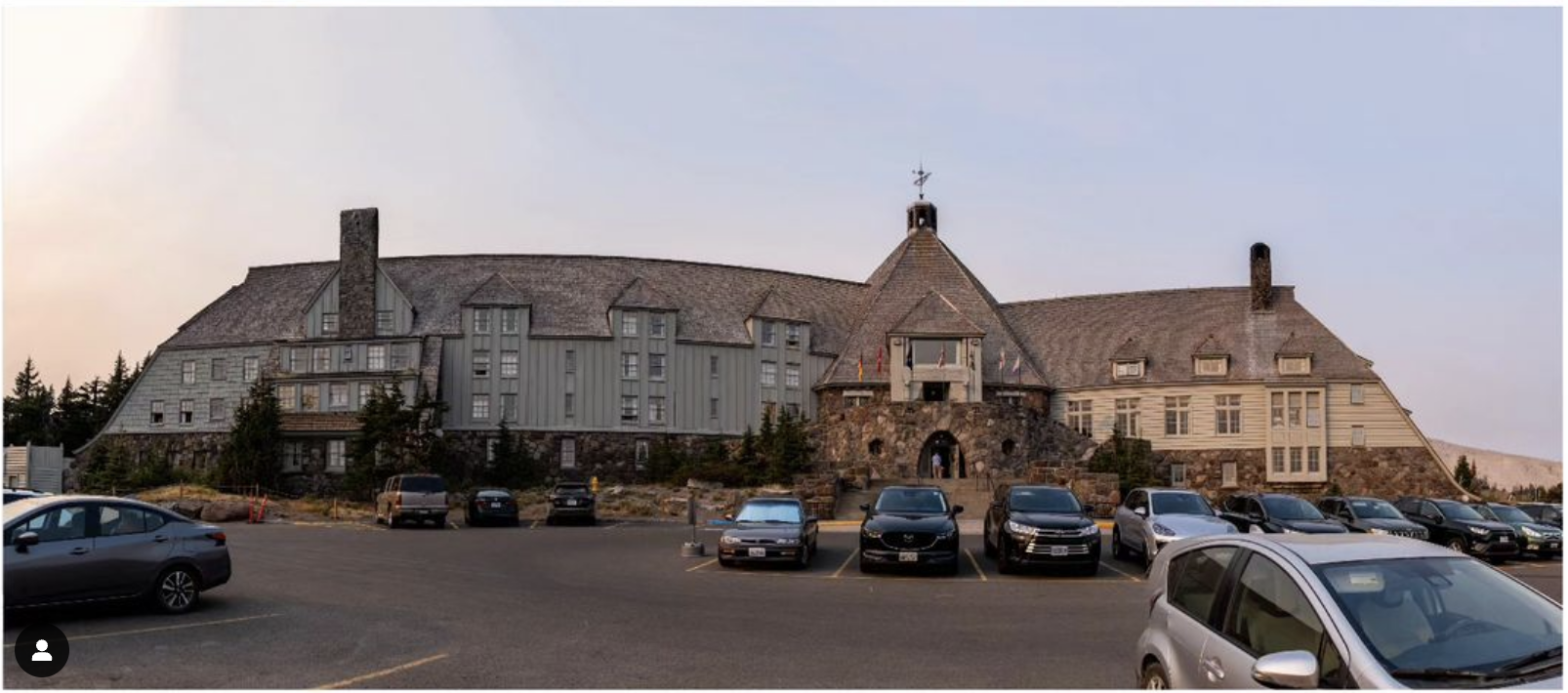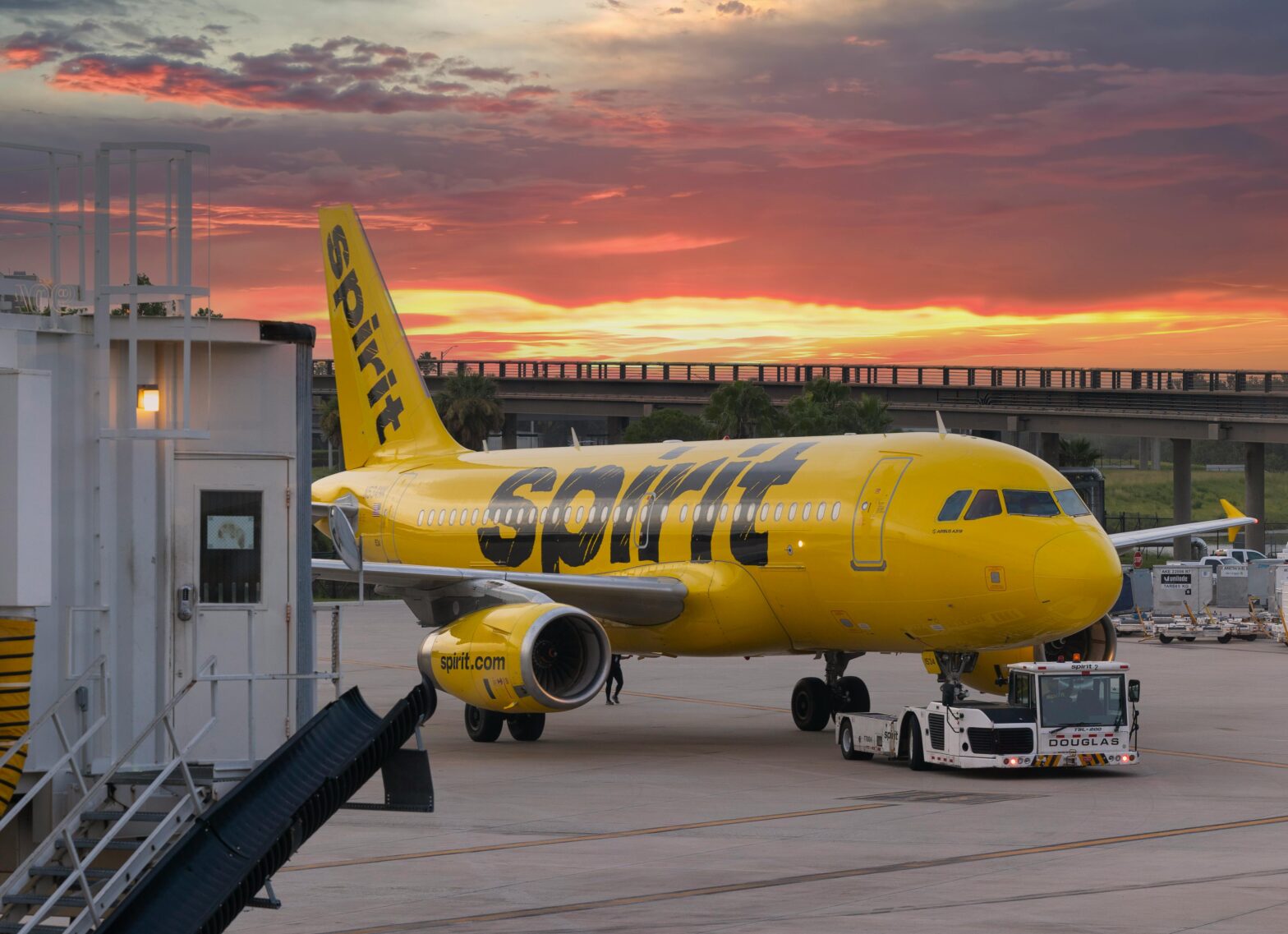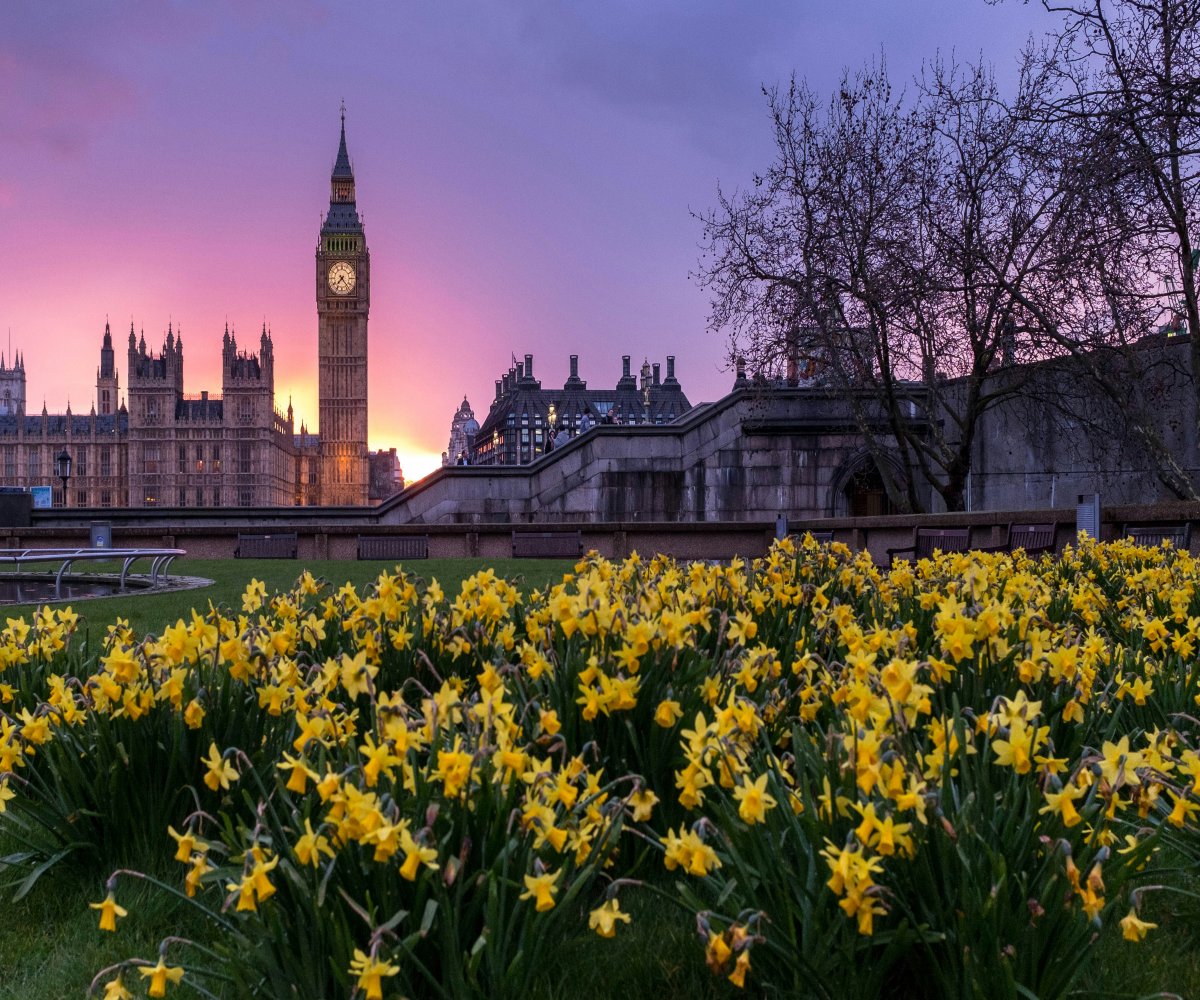“Here’s Johnny!” The iconic line from Stanley Kubrick’s 1980 horror masterpiece, “The Shining,” still rings through many ears and sends shivers up and down the spines of most. Based on Stephen King’s novel of the same name (who, by the way, very famously and vocally denounced the film as a hated adaptation of his work), it remains one of the most influential and unsettling films in the history of cinema. Beyond its gripping storyline and chilling performances by Jack Nicholson and a clearly unnerved Shelley Duvall, the movie is also celebrated for its meticulously crafted sets and hauntingly beautiful filming locations. Which leads many to ask the simple question, “Where was ‘The Shining’ filmed?” Was it actually filmed in Colorado where the famous Overlook Hotel is said to exist? Take a closer look with us as we delve into the shaping of this film’s eerie atmosphere, psychological tension, and eerie twins muttering “redrum” to the discontent of hearts everywhere.
The Overlook Hotel: A Combination of Realism and Imagination
The Overlook Hotel, the central and ominous setting of the film, is an amalgamation of real-life locations and the creative brilliance of Kubrick’s team. While the exteriors of the hotel were based on the Timberline Lodge in Oregon, the interiors were predominantly shot on soundstages at Elstree Studios in England. The Timberline Lodge, situated on Mount Hood, provided the exterior grandeur and the sense of isolation that perfectly fit the narrative.
The interior, however, is where Kubrick’s imagination took over. The hedge maze, a chilling and pivotal part of the story, was not present in the original novel but became an iconic visual in the film. It was constructed at the backlot of Elstree Studios, allowing Kubrick to meticulously control every aspect of the maze’s appearance and the suspense it generated.
The Haunting Beauty of the Timberline Lodge
The Timberline Lodge in Oregon, although serving as the exterior of the Overlook Hotel, is a location of its own charm. Built during the Great Depression as a part of the New Deal, the lodge boasts stunning mountain views and unique architectural features. Its inclusion in “The Shining” adds a layer of authenticity to the film’s atmosphere, as the lodge’s isolation and grandeur create an unsettling aura that perfectly matches the story’s tone.
The Haunted Road: Going to the Overlook
The winding and picturesque road leading up to the Overlook Hotel is another memorable location in the film. This road, known as the Going-to-the-Sun Road, is a real location in Glacier National Park, Montana. The road’s scenic beauty contrasts sharply with the ominous events unfolding at the hotel, adding to the film’s sense of isolation and impending doom.
The Gold Room: A Taste of Opulence and Horror
The Gold Room, where the infamous bartender Lloyd (Joe Turkel) serves Jack Torrance (Nicholson) drinks, is a location that exudes both luxury and unease. This location was a set constructed at Elstree Studios, meticulously designed to portray opulence while maintaining a sense of uneasiness. The choice of red and gold colors in the room, combined with the eerie presence of Lloyd, contributes to the unsettling atmosphere of the film.
The Shining: A Blend of Realism and Imagination
“The Shining” masterfully blended real-world locations with creative imagination to craft an unsettling and unforgettable cinematic experience. Kubrick’s attention to detail and his ability to manipulate physical spaces for emotional impact showcased his directorial genius. The locations in “The Shining” not only served as backdrops but also became characters in their own right, adding to the psychological horror that unfolds onscreen. Even decades after its release, “The Shining” continues to be celebrated for its innovative use of locations and its ability to transport viewers into a world where reality blurs with the supernatural.





